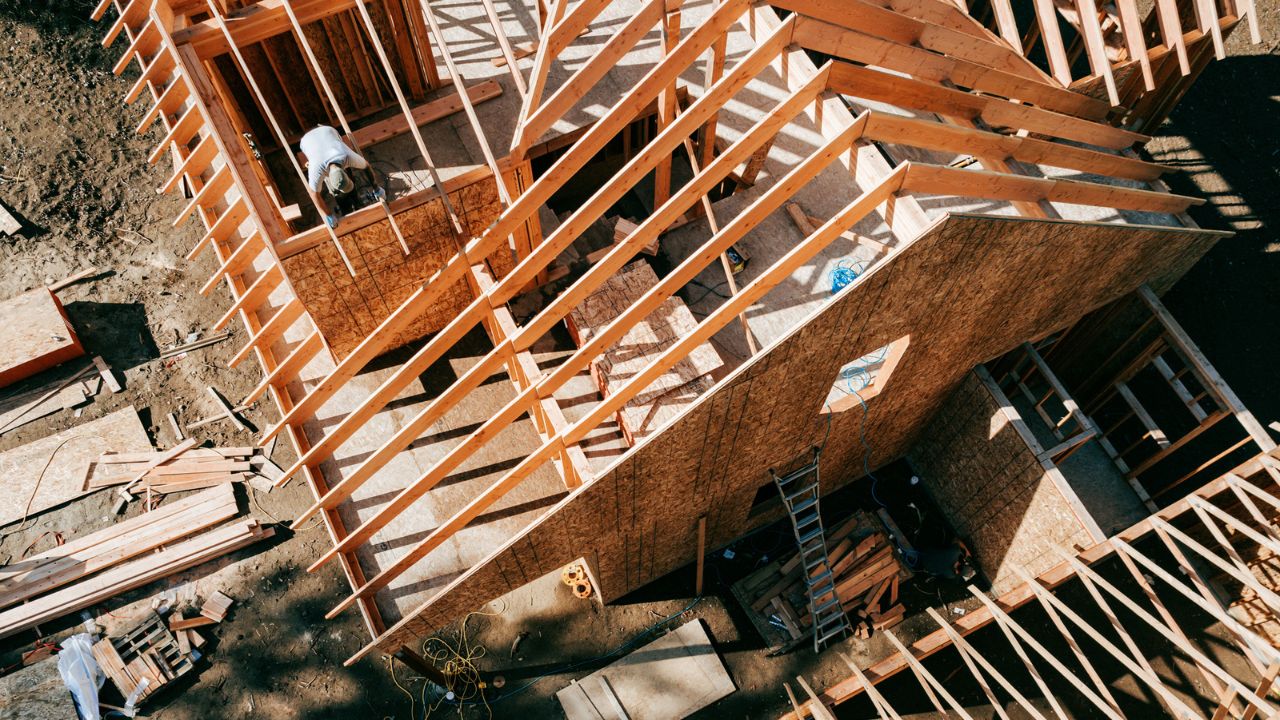According to the latest Realtor.com February rent report, only 294,000 multifamily units were issued a construction permit in 2024 across the top 50 metros, falling below the pandemic peak of 318,000 units in 2020.
This reduction in new housing supply is expected to create upward pressure on rental prices in markets already experiencing growth.
Nine major metros are particularly vulnerable to future rent increases due to the combination of rising rents and declining permits.
New York leads with a 6.8 per cent year-over-year rent increase while experiencing a 9.5 per cent drop in multifamily permits compared to the five-year baseline.
Kansas City, Detroit, Washington D.C., San Jose, Baltimore, Boston, St. Louis, and Charlotte also face similar conditions, with Washington D.C. seeing permits decline by 35 per cent while rents increased 3.3 per cent.
Danielle Hale, Chief Economist of Realtor.com, said the current market dynamics are driving these trends.
“During the pandemic, rent prices surged significantly,” Ms Hale said.
“While there has been a gradual correction, the current trend of declining rents over the past 19 months and a still-sizable number of multi-family units under construction have impacted builders’ enthusiasm for new projects.”
The report also highlighted that in markets where permitting activity increased, rents typically declined.
Birmingham, Alabama saw rent drop 5.4 per cent while permits grew 22.1 per cent, while Cincinnati and Cleveland experienced similar patterns with rent decreases of 3.3 per cent and 3.0 per cent respectively alongside permit increases.
Despite concerns about federal layoffs potentially affecting rental markets, the impact remains limited so far.
Among the five metros with the highest concentration of federal workers, rent trends vary considerably, with Washington D.C. showing a 3.3 per cent increase, while San Diego experienced a sharp 6 per cent decline.
The data also reveals that larger rental units continue to see strong demand as fewer renters transition to homeownership.
Two-bedroom units have experienced the most significant long-term growth over five years at 18.3 per cent, compared to 14.3 per cent for one-bedroom units and just 9.7 per cent for studios.
Overall, national median rent stood at $1,691 in February 2025, representing a slight decline of 0.9 per cent year-over-year but a substantial 14.4 per cent increase over the past five years.
“The nation is short 3.8 million homes according to Realtor.com research,” Ms Hale said.
“As builders attempt to right-size their construction pipelines amid shifting economic and policy cross currents, multifamily builders nationwide have made headway, evidenced by vacancy rates trending up.
“Still, the shortfall varies by market and region
“The low level of permitting for multifamily housing, particularly in markets where rents are still climbing, may become a catalyst for future rent growth.”

